TIME FOR YOUR VITAMIN ‘N’: Ten great ways pediatricians and other health professionals can promote health and wellness
Time spent in nature isn’t a panacea, but as therapy and prevention, it’s gaining respect among health professionals.
“Connecting with nature has always been an important part of my life and now I encourage my patients to do the same,” says Stephen Pont, M.D., chair of the American Academy of Pediatrics (AAP) Section on Obesity.
“Now, for my patients, I look for any way to help them adopt healthier habits, and that often is by finding a non-traditional, stealth-health approach,” he adds. “Getting kids excited about nature is a natural fit. And the more nature experiences they have the more healthy habits they adopt.”
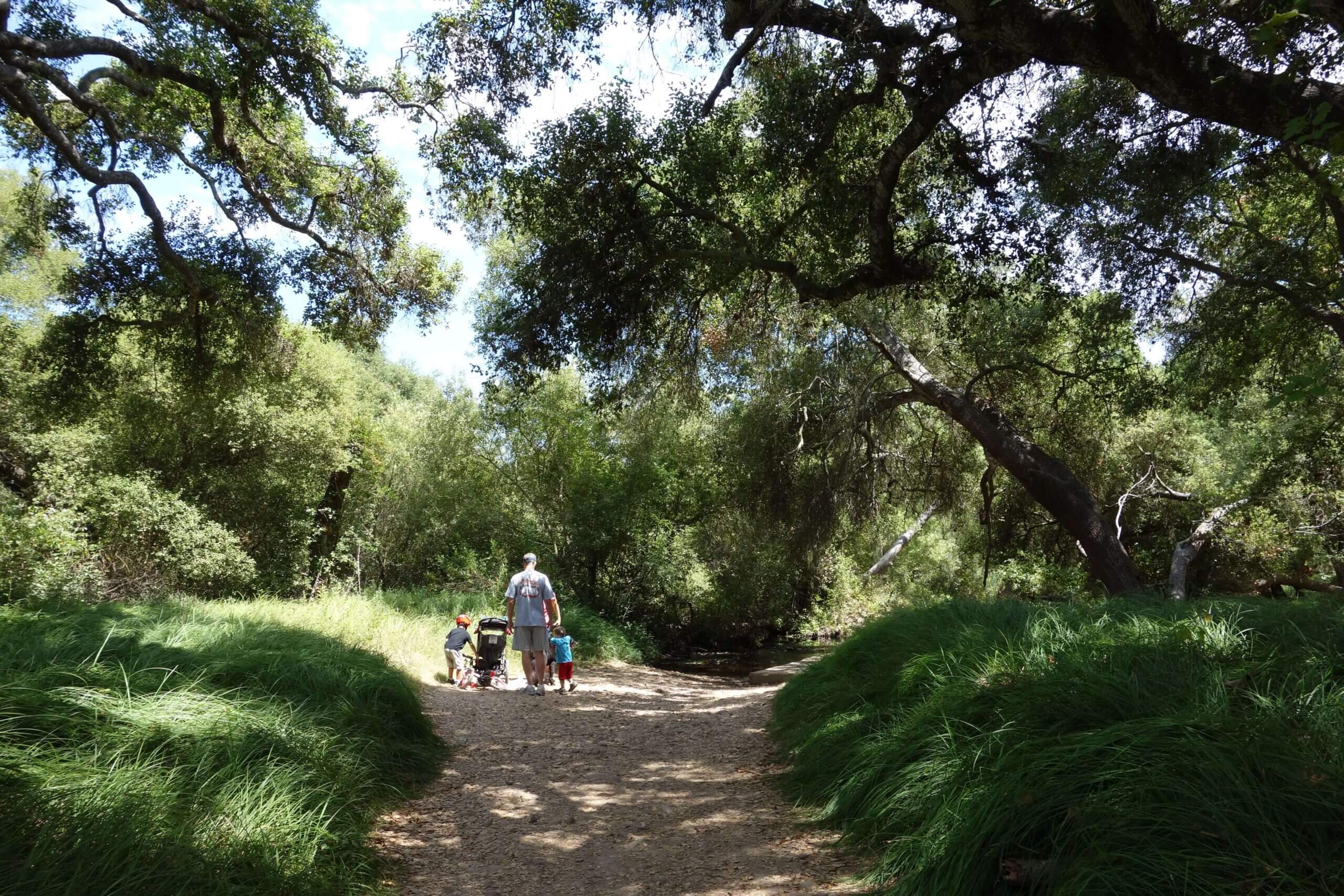
Mary Brown, M.D., a past member of the AAP board of directors, concurs: “Vitamin ‘N’ (the health benefits of time spent in nature) should find its place in the list of essential vitamins! If we stress a connection to the natural environment … we can lessen the lifelong effects of a stressful childhood including depression, obesity, behavior problems, drug use and risk-taking behavior.”
Why the growing interest in the mind-body-nature connection?
Lawrence Rosen, M.D., a founding member and past chair of the American Academy of Pediatrics Section on Integrative Medicine, says part of the reason is the “mounting number of research studies [that] highlight the positive impact of free outdoor play on children’s emotional and physical health.”
It also makes common sense.
Here are 10 ways that pediatricians and other health and wellness professionals can encourage the nature connection:
- Learn more about the research on the restorative power of nature, and promote additional, needed research. Within the health care and wellness community, growing interest in the benefits of nature for children and adults is based on a growing body of scientific research (though more is needed), and alarm about what some medical experts call the pandemic of inactivity.
- Prescribe nature. Recommend green exercise in nearby nature to your patients and their families. Use one of several nature-prescription pads supplied by different organizations, including C&NN. (Note: some health providers prefer the word “recommend” to “prescribe.”) Attend one of the Nature Champion training sessions offered by the National Environmental Education Foundation (NEEF).
- Educate parents and kids. In your office, offer brochures and display posters about the health benefits of outdoor play in nature. Provide information on where parents, grandparents and other caregivers can get outdoors. NEEF offers reproducible brochures for your office and other useful resources and information.
- Go a step further. On their first visit, send families home with a picnic or gardening basket or daypack filled with a guide to local trails, maps, a compass, a magnifying lens, a trowel. Enlist local outdoor gear shops and bookstores to donate the gear and reap the praise. (Send out a press release; this would be a good story for a local TV station and a great way to educate the public.)
- Provide outdoor safety information: For example, provide Web site addresses or printed material on how to avoid ticks, noxious plants and other risks of nature, including the use of pesticides and herbicides on lawns. Parents have valid concerns about dangers outside, so they need knowledge about how to reduce those risks. At the same time, they need your help understanding the great risks of a sedentary lifestyle.
- Suggest nature as an added strategy to reduce ADHD symptoms in some children. Researchers at the University of Illinois suggest nature time as an added or alternative therapy for some children diagnosed with ADHD and other, similar conditions. Also, let parents know how nature can help many children without attention difficulties do better in school.
- Encourage family bonding and community-building, through shared nature experiences. Suggest nature time as a cost-effective bonding agent for parents, children, grandchildren and friends. Check out C&NN’s group planning guide, encouraging multiple families to head outside together. Find additional resources on C&NN’s Families Together in Nature page.
- Create a nature-smart office environment for your patients, your staff and yourself. Use biophilic design principles in your office, clinic or hospital. Create an outdoor play and learning space on the grounds of your practice, and encourage families to create natural play spaces in their own yards and neighborhoods – urban, suburban and rural. Set an example for your patients’ homes and gardens.
- Spread the word. Help organize your community to confront the pandemic of inactivity and connect kids and families to green exercise. Get involved with or help start a regional campaign. More than 100 already exist in North America; these groups are your nearby allies. Dr. Rosen writes, “We must be willing, as a healthcare profession, to leave our silos and work together with those colleagues in education, government, and environmental planning who value nature as a key to optimal health.”
- Physician, hike thyself. Be restored in nature.
-
Network News
POLICY UPDATE: Policy and advocacy for the children and nature movement
-
Voices
Binoculars, bald eagles and my journey as a Black birder
-
Richard Louv
THE WONDER BOWL: Ten Spring and Summer Nature Activities for Kids and Adults
-
Network News
Minneapolis Spotlight: The promise and possibilities of parks for youth
-
Voices
Why nature is my motherhood ally


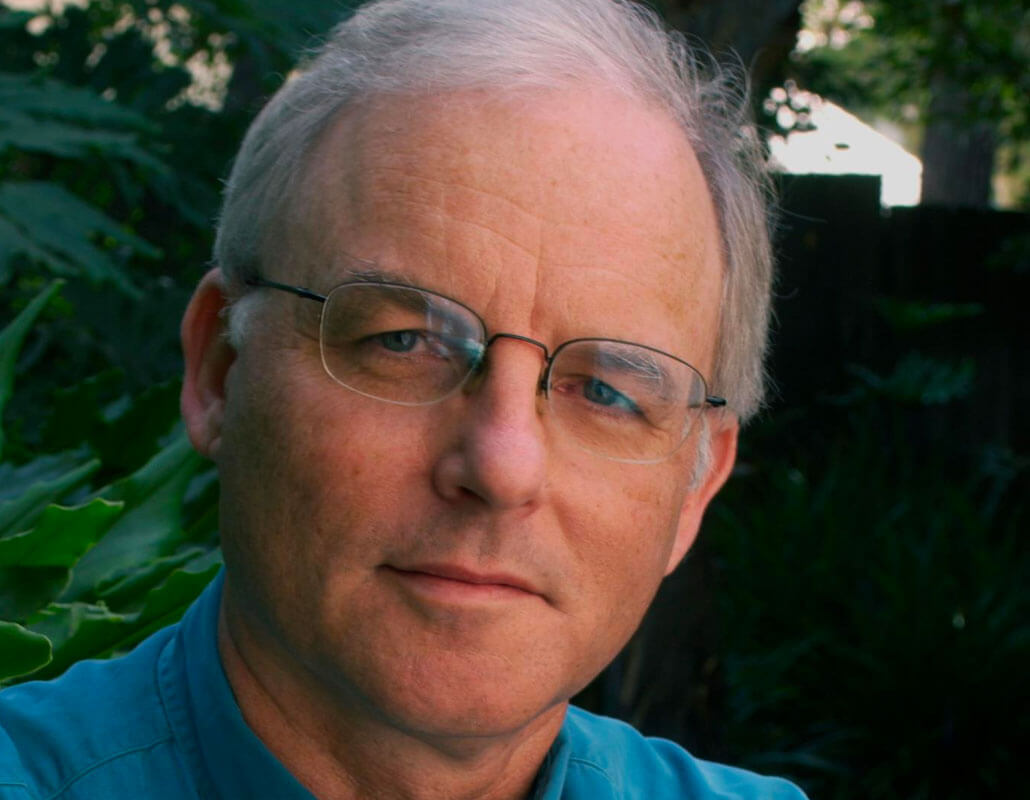
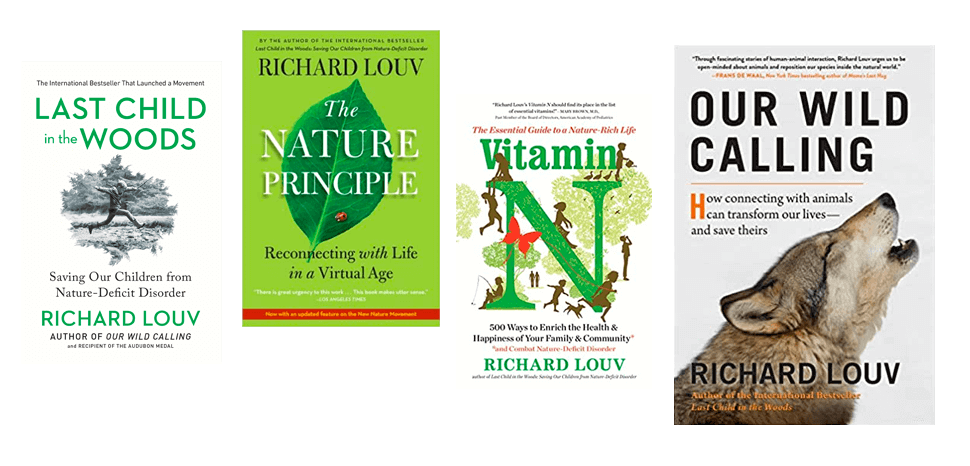

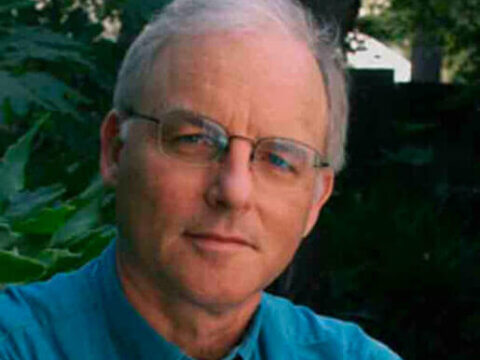
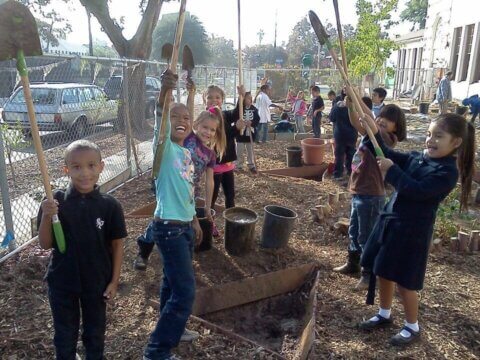
Commentaries on the C&NN website are offered to share diverse points-of-view from the global children and nature movement and to encourage new thinking and debate. The views and opinions expressed are those of the author(s) and do not necessarily reflect the position of C&NN. C&NN does not officially endorse every statement, report or product mentioned.